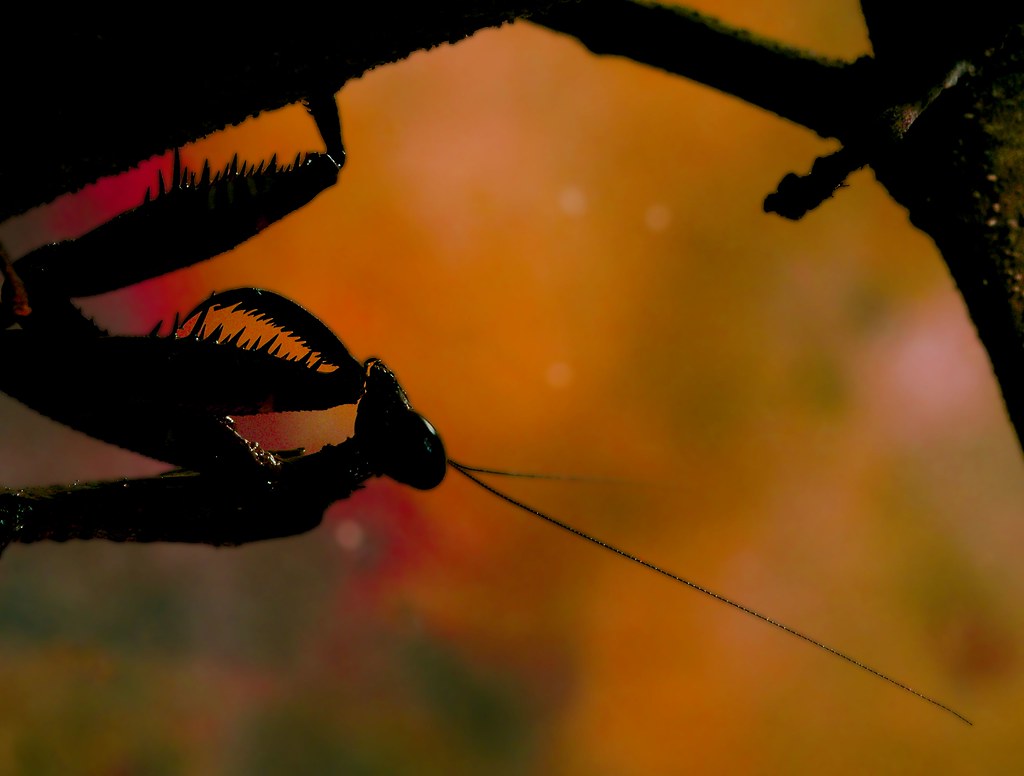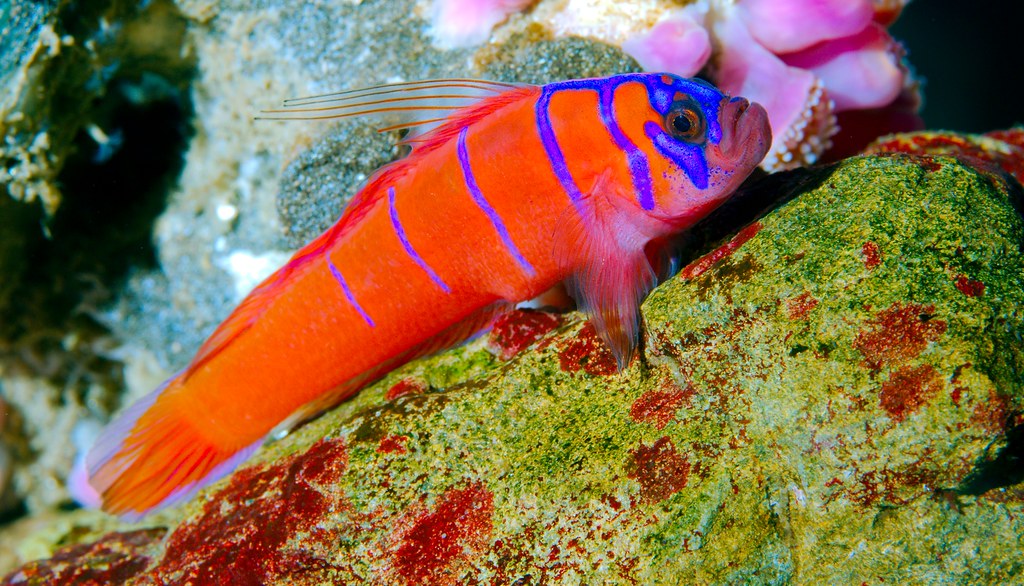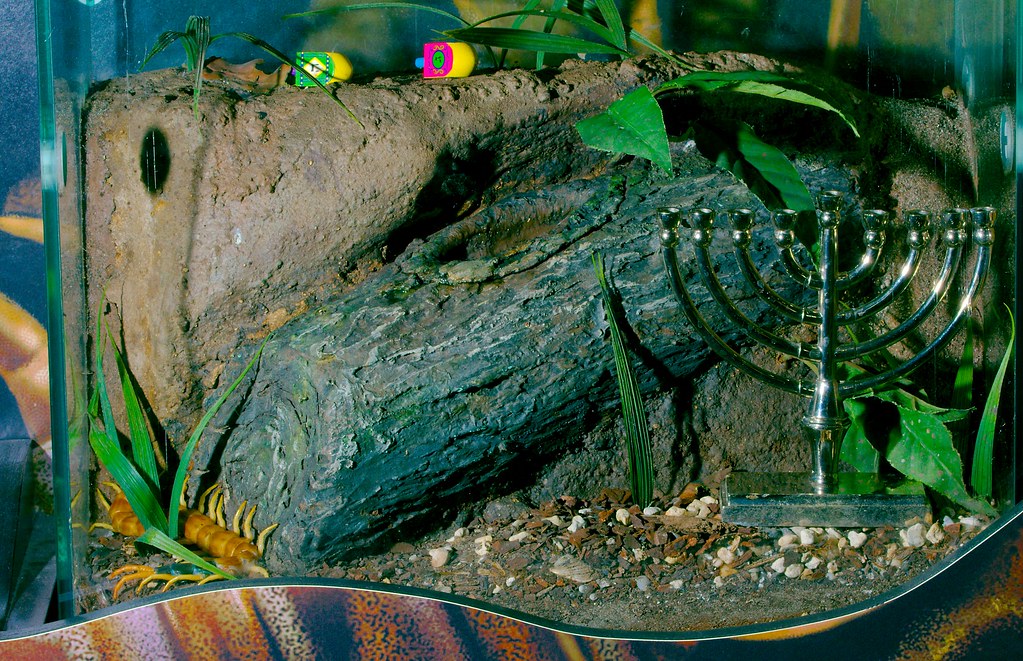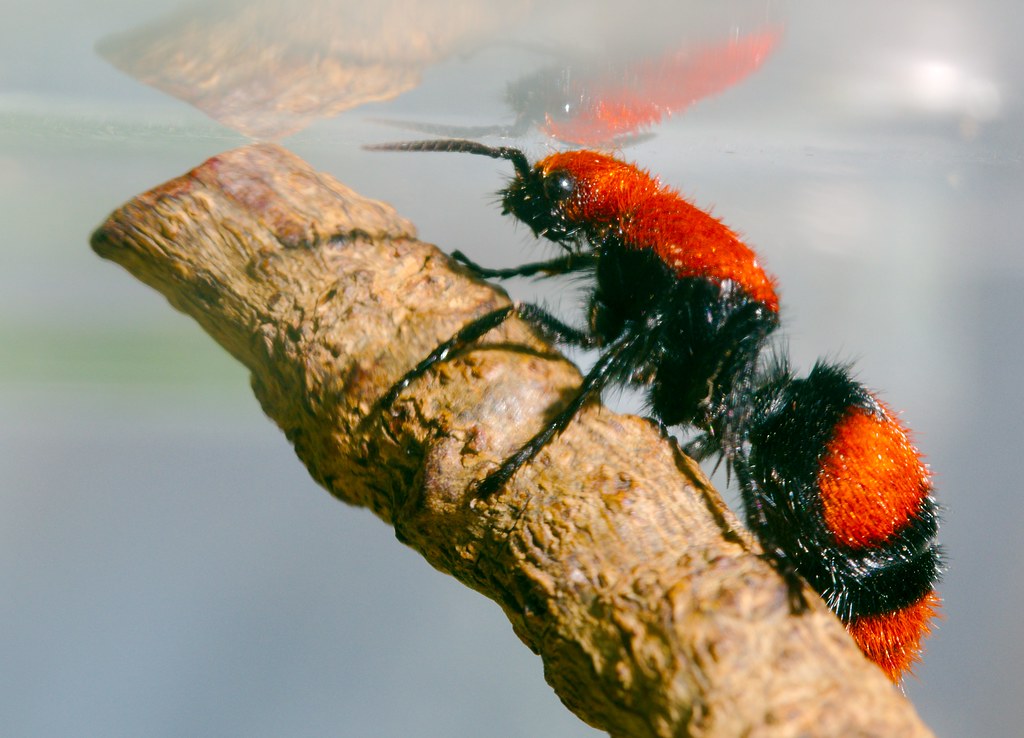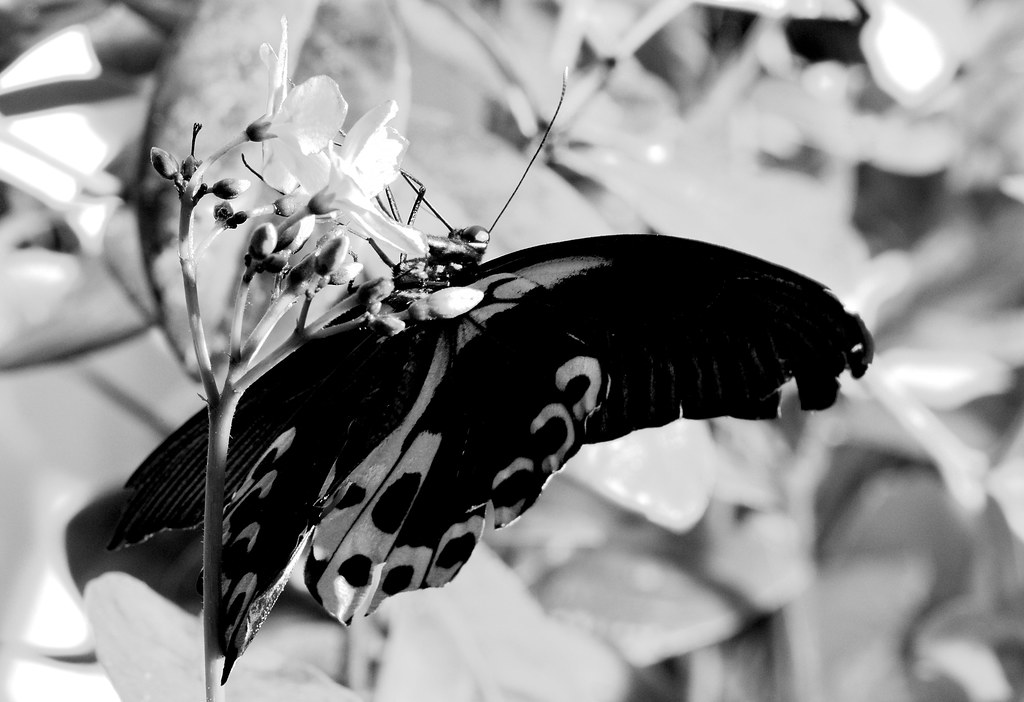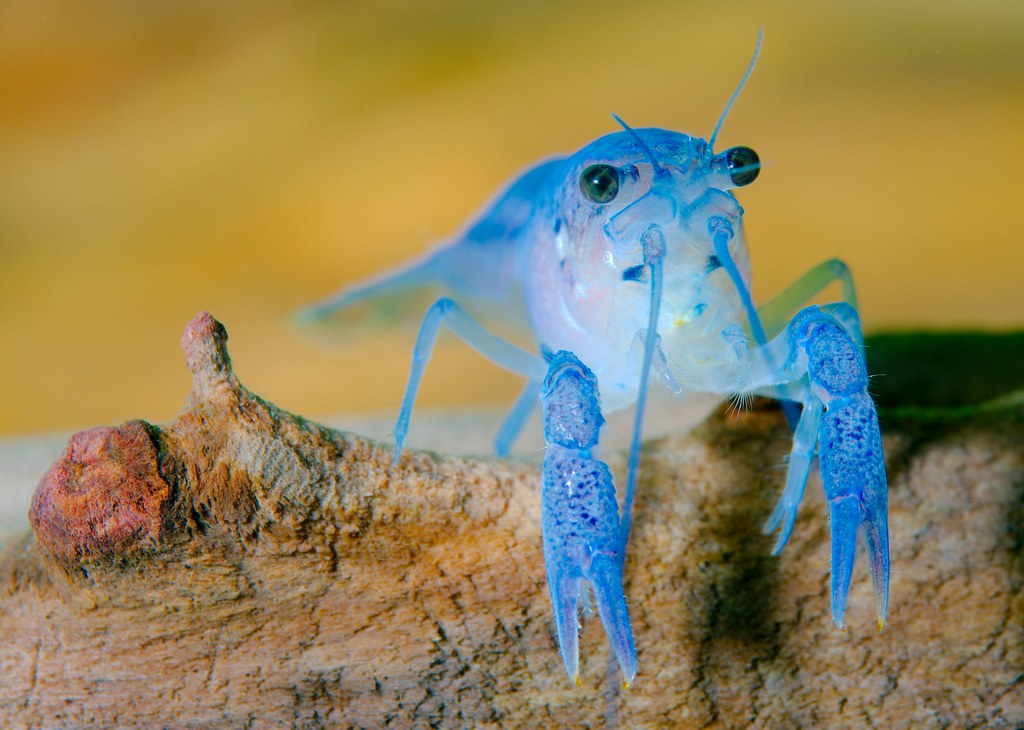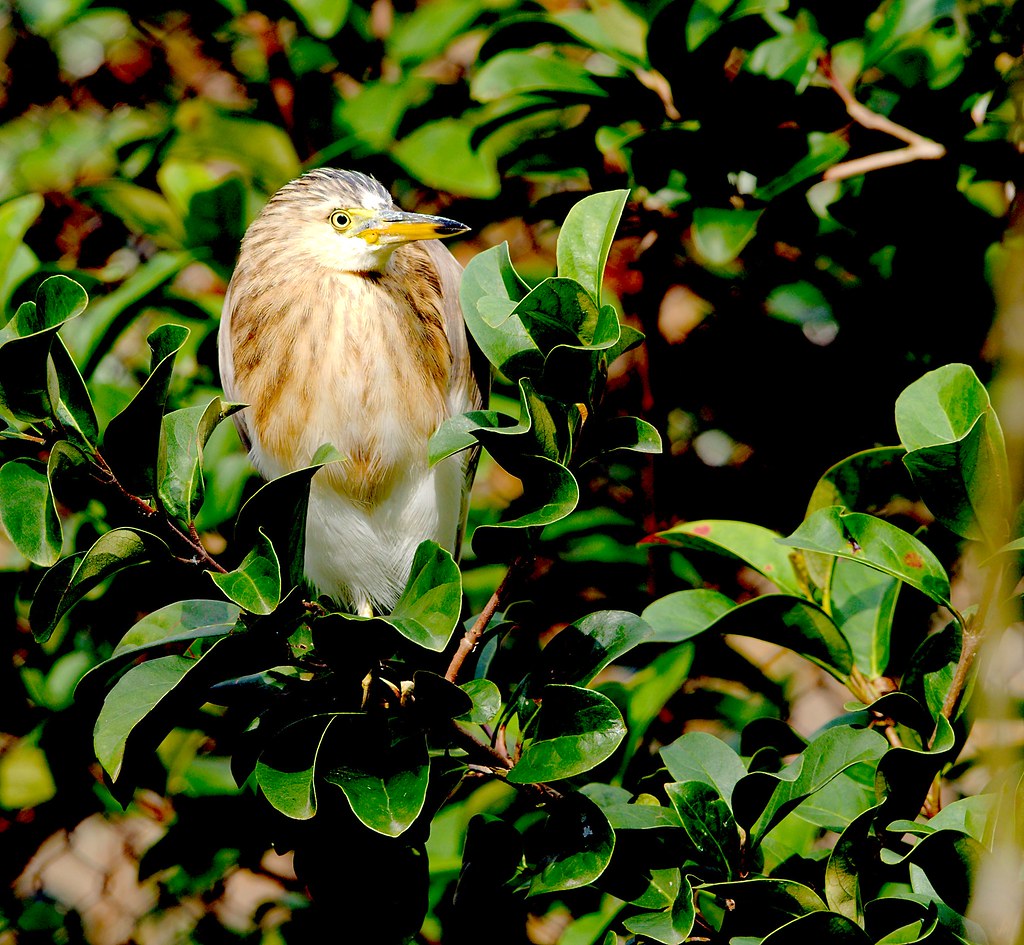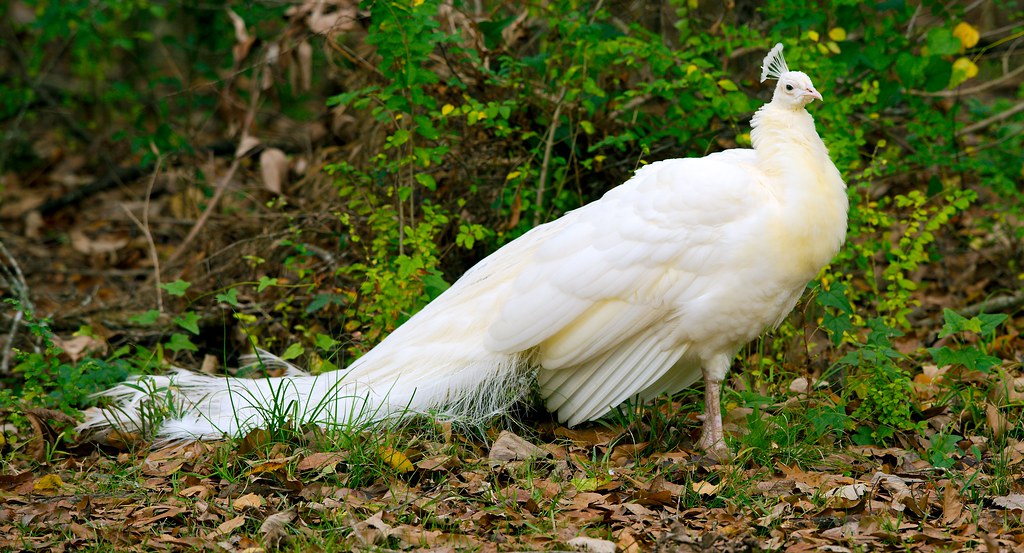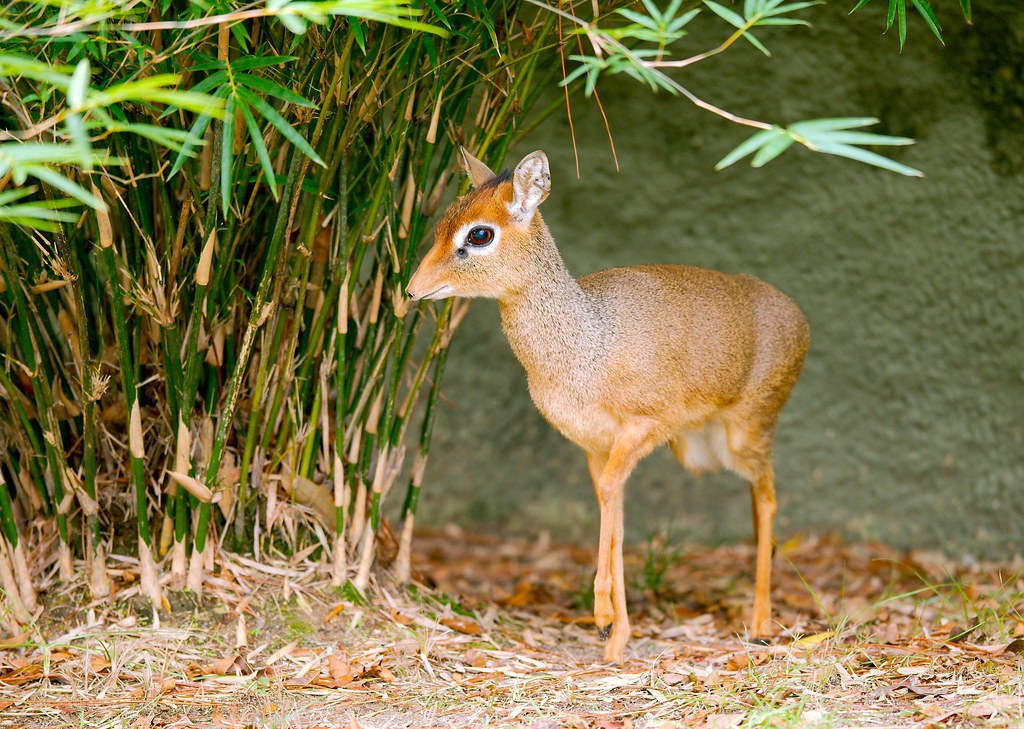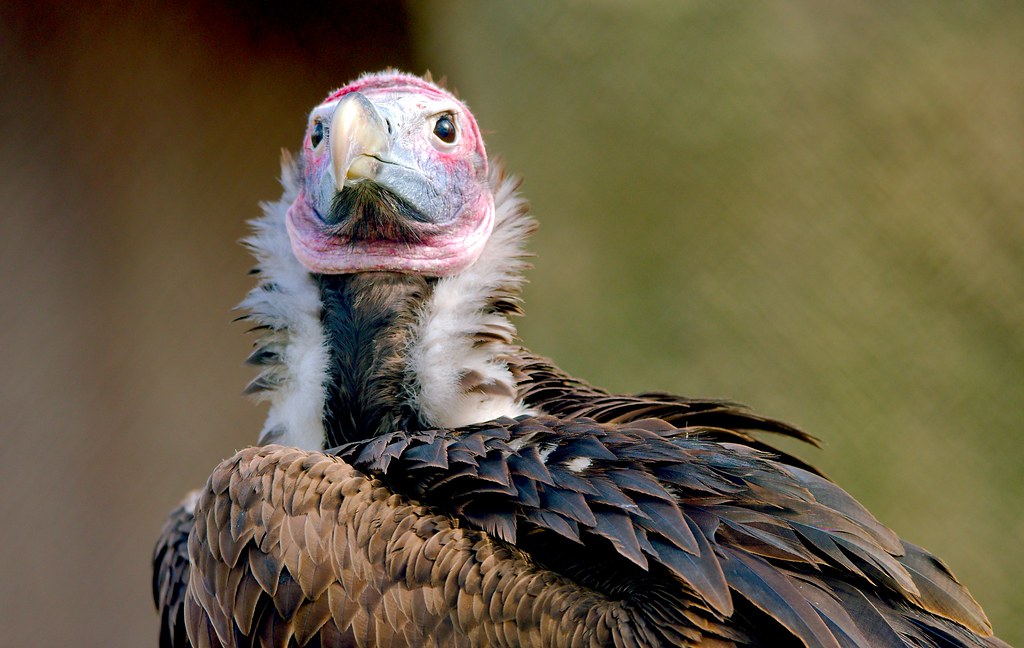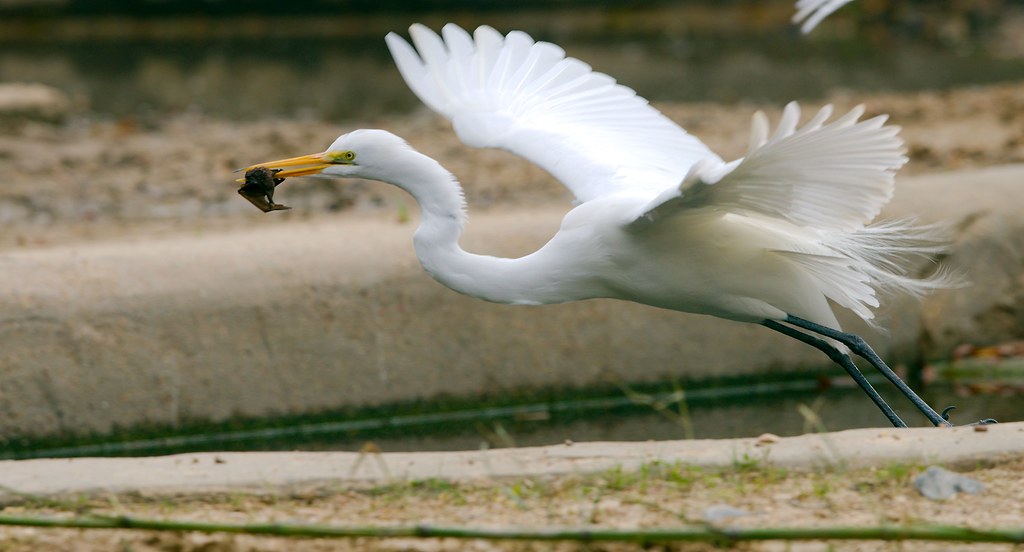It is unclear whether the dead leaf mantis is named for its tendency to resemble a dead leaf or because he was once an ordinary leaf mantis, full of hopes and dreams, that once made a mistake, one so terrible that he never recovered, dooming him to wander the garden, never again to feel truly alive.
Bluebanded Goby
Centipede
Velvet Ant
This is not an ant. It’s actually a type of wingless wasp.
A wasp, of course, is any insect of the suborder Apocrita that is neither a bee nor an ant.
The suborder Apocrita is made of all insects in the Hymenoptera that have a narrow “waist” (or petiole) formed between the first two segments of the actual abdomen.
This is where it gets fun …
A petiole is sometimes called a pedicel, which is also used for the second segment of an insect’s antennae, which can be confusing. So you’d think most entomologists would use “petiole”, but that gets confusing because that work can also mean the stalk at the base of the nests of paper wasps *and* the situation where a normally four-sided cell in the wing of an insect has only three.
Why did all of this happen? Because of plants. People were studying plants before they were studying bugs and in botany a pedicel is the thin stem that connects a single flower to the inflorescence (cluster of flowers) or to a single fruit to infructescence (cluster of fruits (or fruit-like things)) while a petiole is the thin stalk that connects a leaf to its stem.
Now let’s talk about figs …
Botanically, a fruit is the seed bearing structure in angiosperms that is formed from the ovary. Figs are false fruits, being formed from an inverted inflorescence that, when pollinated, grows into an infructescence. How does this get pollinated, I hear you ask? With wasps!
The fig’s inflorescence is inverted, so the only way they can get pollinated is with wasps that have evolved to match specific fig species. One wasp crawls into each flower, lays its eggs, and dies. The eggs hatch, and the little wasps chew their way out of the fig flower, leaving their mother’s body behind. Now, normally, people get grossed out at this point, as every fig they eat actually contains several wasps … but that’s not the cool part.
Because a fig is a cluster of little false fruits, each false fruit being connected to its infructescence with a pedicel *and* each one containing a wasp, which is distinguished from other insects of Hymenoptera because it has a pedicel, that means that figs, unlike all the other infructescences out there, has twice as many pedicels as you’d expect!
Ta da!
(This is what happens when a photographer who is both a word geek and bio geek isn’t quite tired enough to go to bed yet.)
Butterfly
Blue Crayfish
According to Wikipedia, crayfish are also known as crawfish, crawdads, freshwater lobsters, mountain lobsters, mudbugs or yabbies. Taxonomically, we know they’re in the super-families Astacoidea and Parastacoidea. Linguistically, though, it’s a bit messy.
The term “cray” come from the French word “escrevisse”. Because they live in water, people tack on the word “fish”, even though it’s clearly not one of those. Here in America, “Cray” is trademarked*, so the stem-word “craw” is preferred. In the midwest, we know from fishes so we call them “crawdads” instead … apparently our fathers were all lobster-like. ¯\_(ツ)_/¯
But wait! It gets even messier. In Singapore, “crayfish” is what they call the slipper lobster, something entirely different … except when it refers to a different species, invasive, which is more commonly known as the Australian red claw crayfish, the Queensland red claw, the redclaw, the tropical blue crayfish, and the freshwater blueclaw crayfish.
Deeper into the linguistic messiness, it appears that in Australia, New Zealand and, oddly, South Africa all these names refer to a type of spiny lobster. With “crawfish” referring to the saltwater version and “yabby” meaning the freshwater species … unless they’re talking about some different species, the Tasmanian giant freshwater crayfish or the Murray crayfish.
And this, my friends, is why biologists have to rename everything in Latin.
* This may not actually be the reason
Dwarf Crocodile
Komodo Dragon
Squirrel
Wind Turbine
Vulture
Shark
Gibbon
Javan Pond Heron
One interesting thing about visiting zoos is that you get a really skewed view of what species are and are not rare.
Take the amur tiger, for example. I see *lots* of them. I also see a great many amur leopards, bali mynahs, rhinocerosauruses, elephants, lemurs, and macaws. This is because they’re in breeding programs to help their respective species survive.
Little critters like this Javan pond heron are quite common in their native range … but I don’t live there and most zoos don’t care for them because they’re not rare enough. At the Baton Rouge Zoo, though, this was the only species I’d never seen before. So it was rare for me.
